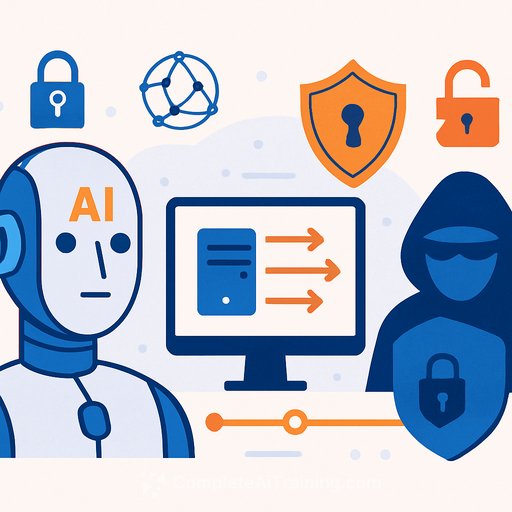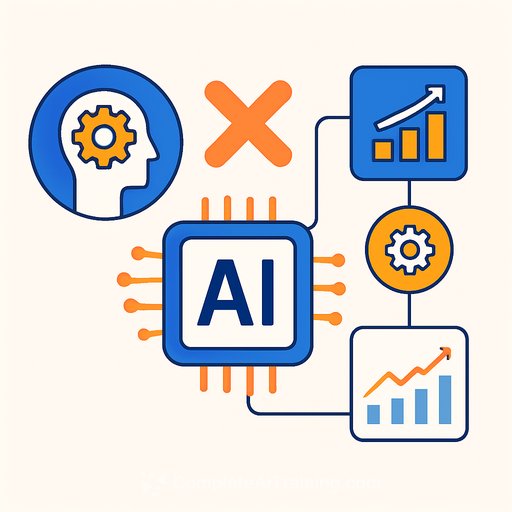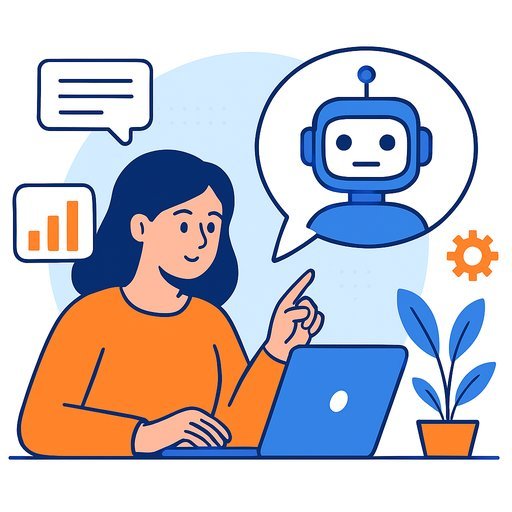AI Agents Are Creating a New Security Nightmare for Enterprises and Startups
AI agents are generating a new kind of network traffic that's causing serious security and cost management issues for enterprises. Unlike traditional applications that mainly handle inbound API calls, these autonomous AI agents initiate outbound API requests, often without proper oversight. This shift exposes gaps in visibility and control, leading to unforeseen risks and expenses.
Why Current Infrastructure Falls Short
As AI moves beyond simple text generation, agents now independently plan tasks, use external tools, and retrieve data by making outbound API calls. These requests often bypass existing monitoring tools because they look like standard HTTP traffic. Without a dedicated layer to manage this “agentic traffic,” organizations face unpredictable costs and potential security vulnerabilities.
This situation echoes earlier moments in software development. When web APIs became widespread, API gateways were introduced to manage inbound traffic. Later, microservices brought service meshes for internal communication control. Both solutions emerged only after scaling revealed critical issues. AI agents are now at a similar turning point.
The Urgent Need for AI Gateways
AI agents operating independently in production environments have already caused problems such as runaway API call loops and insecure access points. These challenges highlight the need for a new infrastructure layer—AI gateways—that specifically manage outbound traffic generated by AI components.
Industry analysts have taken note. Gartner’s 2024 Hype Cycle for APIs identifies “AI Gateways” as an emerging solution for governing AI consumption. These gateways are evolving from simply managing large language model (LLM) traffic to handling all agentic communications, including those using protocols like Anthropic’s Model Context Protocol (MCP) and Google’s Agent2Agent (A2A).
Emerging Protocols and New Security Blind Spots
Traditionally, API management focused on inbound calls. Now, AI agents reverse this paradigm by generating outbound API requests to fulfill tasks. This creates blind spots because these calls often appear as normal outbound HTTP traffic, slipping past existing API gateways and security tools.
The rise of agentic traffic demands new strategies for monitoring and controlling these outbound requests to prevent security breaches and unexpected costs.
What Enterprises and Startups Should Do
- Recognize that AI agents generate outbound API traffic that current infrastructure may not catch.
- Evaluate solutions like AI gateways to gain visibility and control over AI-driven communications.
- Stay informed about emerging protocols such as MCP and A2A that enable agent-to-agent interactions.
- Implement monitoring and security practices tailored to autonomous AI behaviors.
For professionals looking to deepen their understanding of AI infrastructure and security, exploring targeted AI courses can provide valuable insights and practical skills. Resources like Complete AI Training's latest AI courses offer focused learning paths on AI tools, automation, and security.
Your membership also unlocks:






